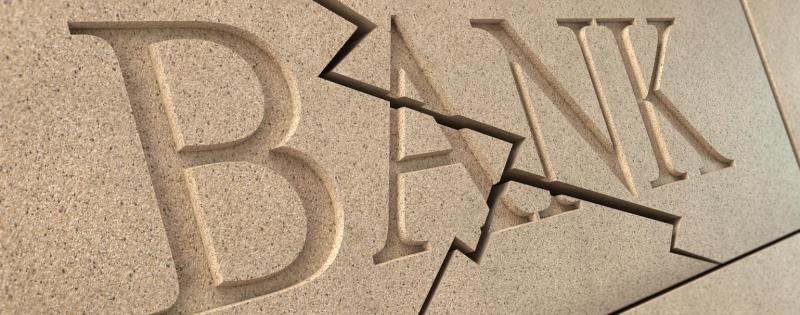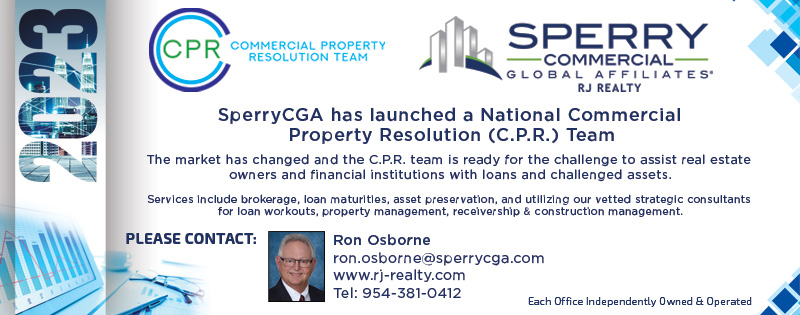Commercial real estate distress is accelerating, with the latest data from Trepp showing that the special servicing rate for commercial mortgage-backed securities (CMBS) soared to 10.57% in June 2025—the highest level since May 2013. This marks the third consecutive monthly increase and reflects mounting pressure from declining property performance and the growing number of maturing loans.
Over the past year, the special servicing rate has jumped by nearly 225 basis points, climbing from 8.23% to 10.57%. In just the past month, $750 million in loans were newly transferred to special servicing. Meanwhile, the overall balance of outstanding CMBS loans shrank by $8.2 billion, a signal of both falling loan origination and increasing financial strain.
Office Sector Remains Ground Zero for Distress
Office properties continue to bear the brunt of market instability. Trepp reports the office special servicing rate reached 16.38% in June, up sharply from 10.79% a year ago. Despite only a slight increase over the past month, office loans still accounted for $1.7 billion—57% of all new transfers to special servicing.
Mixed-Use, Retail, and Lodging Also Face Growing Challenges
Mixed-use assets had the second-highest distress rate at 12.05%, a slight improvement from May but still significantly higher than the 9.34% recorded in June 2024. Retail properties followed with an 11.93% special servicing rate, up from 10.82% a year prior. Lodging loan distress climbed to 10.11%, a jump from 7.28% last June.
Multifamily properties fared somewhat better. While their special servicing rate reached 8.18%, the sector was one of the few to show month-over-month improvement, dropping by 24 basis points.
Notable Loans Entering Special Servicing
Two high-profile loans illustrate the growing risks in the sector:
- Ashford Highland Portfolio: This $590.3 million loan backed by 22 hotels across the U.S. was transferred to special servicing due to an impending monetary default. Despite a 2018 valuation of $1.2 billion, occupancy had dropped to 56% by early 2025, with a debt service coverage ratio of 1.41x.
- 1440 Broadway, NYC: A $415.3 million mixed-use loan secured by a 740,000+ SF property on 41st Street and Broadway is also in special servicing after a maturity default. Formerly anchored by WeWork, the building had just 59% occupancy and a concerning debt service coverage ratio of 0.15x as of mid-2024.
Outlook: Rising Risk Across the Board
The sustained rise in special servicing rates is a clear indicator of systemic stress across commercial real estate sectors, particularly for office, mixed-use, and lodging. With nearly $3 billion in new loans entering special servicing in June alone and loan maturities looming, the second half of 2025 may bring more volatility unless market fundamentals begin to stabilize.
For lenders, investors, and borrowers alike, these trends underscore the need for proactive asset management and renewed focus on risk mitigation strategies.
Source: GlobeSt.






